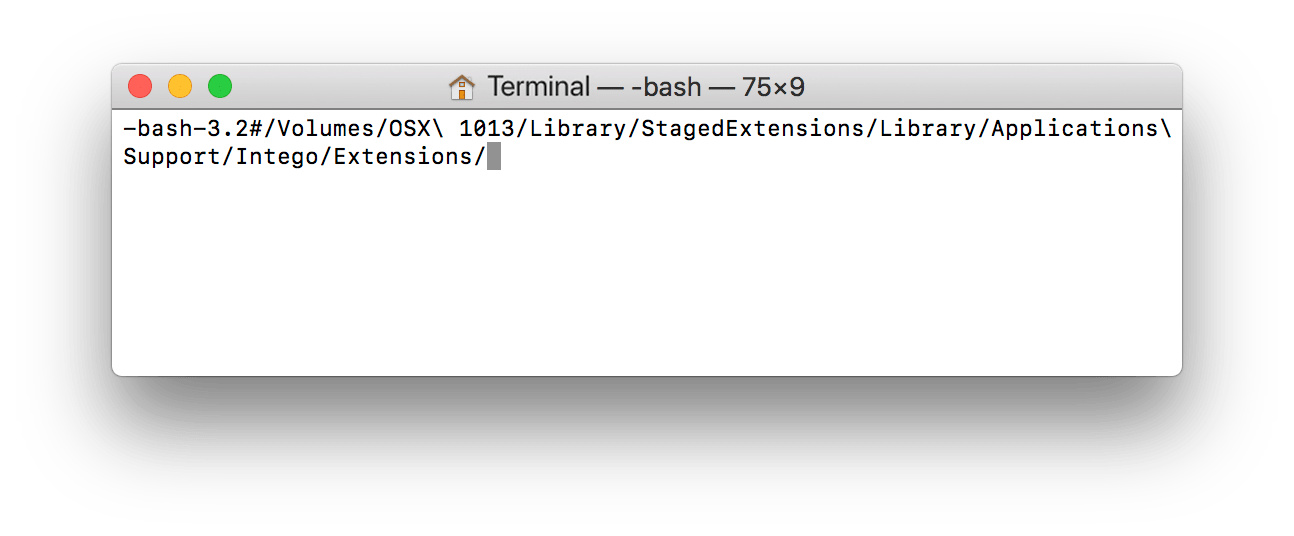
kext kernel extensionsĪ kernel extension, or kext, is an application bundle used for extending the functionality of the macOS kernel. Related services Custom macOS Development Services. Let’s look closer at the peculiarities of this macOS feature. However, adding System Extensions and DriverKit to macOS didn’t completely erase the need for kernel extensions (kexts). This approach changed the way developers access kernel parts of the system and improved the security and stability of macOS. In 2019, Apple introduced macOS version 10.15, also known as macOS Catalina, which contained System Extensions and DriverKit and moved most kernel APIs to the user space. This hybrid kernel was developed by Apple and is used in the macOS family.

The macOS kernel is XNU - an acronym for X is Not Unix. It does so using mechanisms for interprocess communication and by providing applications with access to operating system calls. The kernel usually provides access to applications’ executable processes. The kernel is the central part of an operating system, providing applications with coordinated access to system resources: CPU, memory, external hardware, external input/output devices, and so on. Introduction to the macOS kernel and kernel extensionsĬonclusion Introduction to the macOS kernel and kernel extensions

WHAT IS KEXT UTILITY VERIFICATION
The AuxKC Image4 hash is used for extra verification by iBoot at startup to help ensure that it isn’t possible to start up an older Secure Enclave–signed AuxKC Image4 file with a newer LocalPolicy. An SHA384 hash of the AuxKC Image4 data structure and the kext receipt are included in the LocalPolicy. This receipt contains the list of kexts that were actually included in the AuxKC, because the set could be a subset of the UAKL if banned kexts were encountered. As part of the AuxKC construction, a kext receipt is also generated. This approach allows Permissive Security flows for developers or users who aren’t part of the Apple Developer Program to test kexts before they are signed.Īfter the AuxKC is created, its measurement is sent to the Secure Enclave to be signed and included in an Image4 data structure that can be evaluated by iBoot at startup. If SIP is disabled, the kext signature isn’t enforced. If System Integrity Protection (SIP) is enabled, the signature of each kext is verified before being included in the AuxKC. The kernel management daemon ( kmd) is then responsible for validating only those kexts found in the UAKL for inclusion into the AuxKC. The authorization used for the above flow is also used to capture an SHA384 hash of the user-authorized kext list (UAKL) in the LocalPolicy.
WHAT IS KEXT UTILITY PASSWORD
The combination of the 1TR and password requirement makes it difficult for software-only attackers starting from within macOS to inject kexts into macOS, which they can then exploit to gain kernel privileges.Īfter a user authorizes kexts to load, the above User-Approved Kernel Extension Loading flow is used to authorize the installation of kexts. This action also requires entering an administrator password to authorize the downgrade.
WHAT IS KEXT UTILITY MAC
Kexts must be explicitly enabled for a Mac with Apple silicon by holding the power button at startup to enter into One True Recovery (1TR) mode, then downgrading to Reduced Security and checking the box to enable kernel extensions. Kernel extensions in a Mac with Apple silicon


 0 kommentar(er)
0 kommentar(er)
